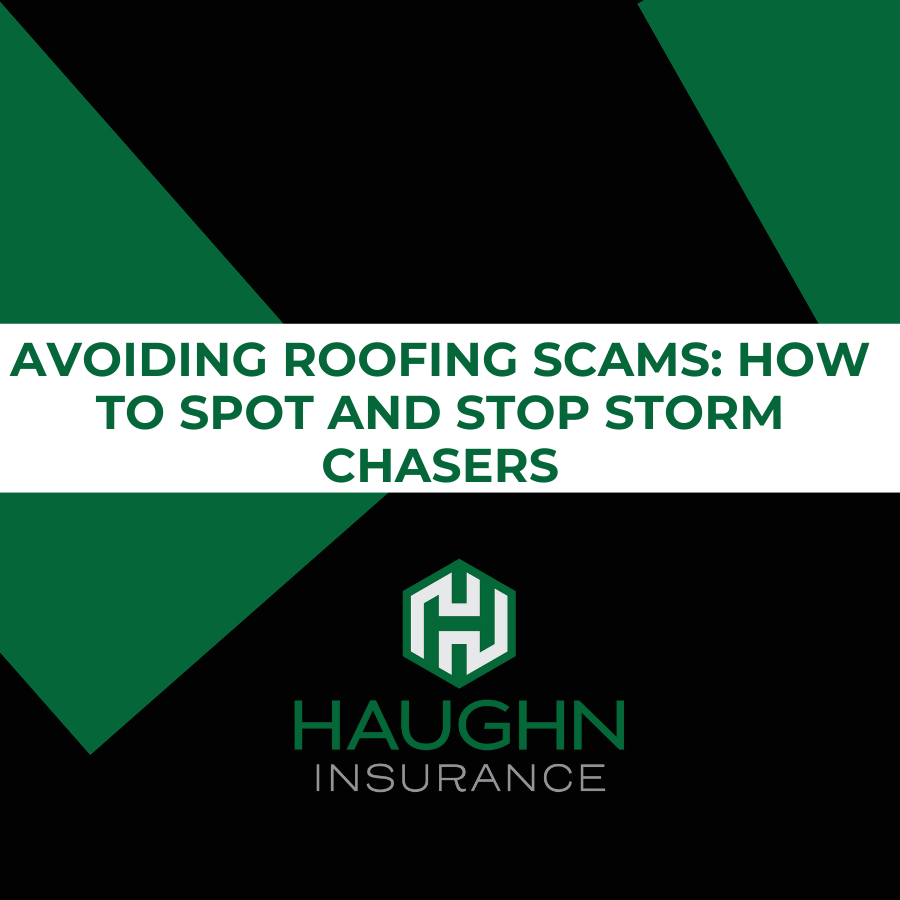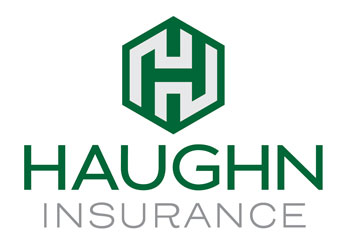
After a severe storm, your home’s roof is one of the most vulnerable areas. Unfortunately, this is when predatory contractors, known as storm chasers, swoop in—ready to take advantage of homeowners in distress. While they may appear professional, roofing storm chasers often run scams that leave you with subpar work, unnecessary damage, or even an empty wallet. Here’s why you should steer clear of these bad actors and how to protect yourself.
What Are Storm Chasers?
Storm chasers are roofing contractors who follow severe weather events, canvassing neighborhoods and offering quick, often too-good-to-be-true repair services. They typically go door-to-door, claiming they can handle your insurance claim, provide deep discounts, or offer immediate fixes. But once they have your money, you may never see them again—or worse, you’ll be left with shoddy workmanship that creates bigger problems down the road.
The Red Flags of a Storm Chaser Scam
Storm chasers are skilled at making their pitch sound appealing, but their tactics are riddled with warning signs:
- Full Payment Upfront – Legitimate contractors will never ask for full payment before work is completed. Storm chasers, however, insist on getting paid before any work begins—only to vanish before finishing the job.
- Fake or Inflated Damage Reports – Some storm chasers will manufacture damage to your roof that didn’t exist before. They might even cause damage themselves to justify an insurance claim.
- High-Pressure Sales Tactics – They’ll tell you the deal is “only available today” or that insurance won’t cover repairs unless you act immediately—both of which are false.
- Out-of-State Plates & Untraceable Businesses – Storm chasers typically operate from out of town, making it difficult to track them down when problems arise. They often use temporary P.O. boxes and phone numbers that disappear overnight.
- No Local References or Licensing – A reputable contractor should have local references and a track record you can verify. Storm chasers typically lack these credentials.
How to Protect Yourself
If your roof sustains damage in a storm, take these precautions to ensure you’re working with a legitimate contractor:
- Contact Your Insurance Provider First – Before committing to any repairs, check with your insurance company to assess the damage and get their recommended process for claims.
- Research Local, Reputable Contractors – Choose a contractor with a solid reputation in your area. Check online reviews, ask for references, and verify their licensing and insurance.
- Get Multiple Estimates – Don’t rush into an agreement with the first contractor who knocks on your door. Compare quotes from established companies to ensure you’re getting fair pricing and quality service.
- Never Pay in Full Upfront – A reasonable down payment is standard, but full pre-payment is a major red flag. Work with contractors who have clear, documented contracts and payment schedules.
- Verify the Contractor’s Credentials – Ask for proof of licensing, insurance, and local references. Legitimate businesses will gladly provide this information.
How We Can Help
At Haughn & Associates, we understand how stressful dealing with storm damage can be. Our team is here to guide you through the claims process and connect you with trustworthy, local contractors who will get the job done right. We work with reputable professionals to ensure you receive quality repairs and the right insurance coverage for your home. If you have concerns about roofing scams or need assistance navigating an insurance claim, contact us today.
Final Thoughts
Storm chasers thrive on desperation, but with a little patience and due diligence, you can avoid their scams and secure high-quality repairs. Your home is one of your biggest investments—don’t let a fast-talking, out-of-town contractor put it at risk. When it comes to roof repairs, trust local professionals with a proven track record. If an offer sounds too good to be true, it probably is.
Stay informed, stay cautious, and protect your home from storm chasers.

